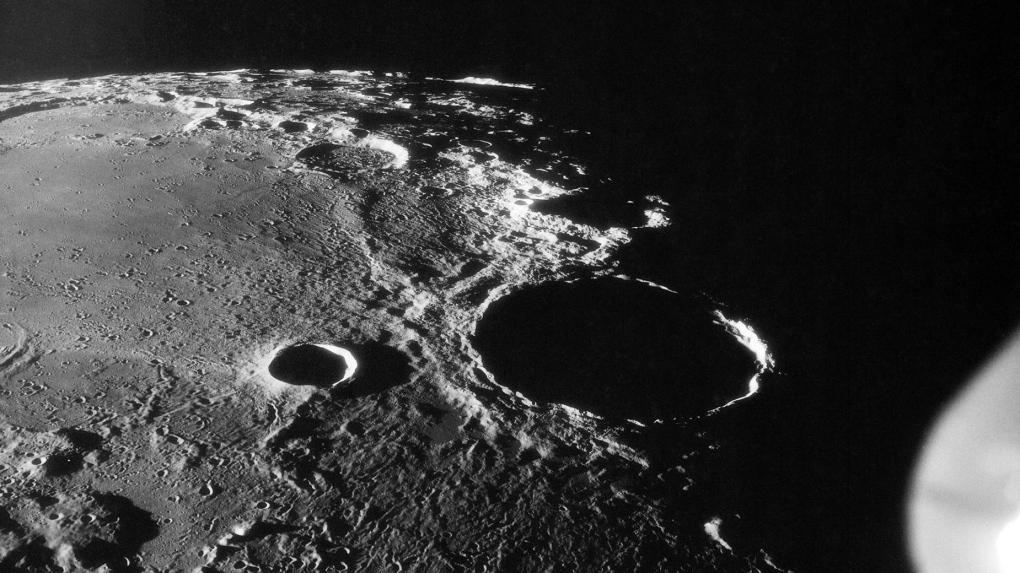Paleontologists from the Royal B.C. Museum have uncovered “a trove of extraordinary fossils” high in the mountains of northern B.C., the museum announced Thursday.
The fossils were found in Spatsizi Plateau Wilderness Provincial Park, at an altitude of roughly 2,000 metres.
Located in the Skeena Mountains, the park is roughly 500 kilometres north of Smithers and is best accessed by float plane, according to BC Parks.
Over the last three years, researchers – who accessed the fossil site by helicopter – have discovered “an array of well-preserved remains from various dinosaur species,” the museum said in a news release.
More than 90 fossils have been discovered, including teeth from a relative of Tyrannosaurus rex, bones from at least one large herbivore, teeth from a relative of Triceratops, and the foot of a small meat-eater.
The fossils are estimated to be 66 to 68 million years old and come from a geological area known as the Sustut Basin, according to the museum. Previously, only one species from the Sustut Basin – B.C.’s first unique dinosaur, Ferrisaurus sustutensis – had been discovered.
“This site is unlike any other in Canada,” said Victoria Arbour, the project’s lead researcher and curator of paleontology at the museum, in the release.
“Not only are we finding fossils in the mountains, but the dinosaurs we are finding were living among the mountains, too, which is really different compared to other fossil sites in North America.”
The museum said “extensive analysis and interpretation” will be required to determine the extent of the discovery, a process that will include painstakingly removing the bones from the surrounding rock and bringing them back to the museum’s under-construction PARC Campus in Colwood, B.C.
The plan is to make the research process accessible to the public through viewing windows at the Colwood campus.
“PARC” is an acronym that stands for “Provincial Archives, Research and Collections.” The facility is intended to serve as a secure repository for the museum’s collections and research.
“We’re excited to start figuring out what species we may have found,” said Arbour. “These could be examples of T. rex and Triceratops known from elsewhere in Canada and the U.S., or they could be entirely new species not yet known to science.”
Royal B.C. Museum CEO Tracey Drake called the discovery “remarkable.”
“As the team continues their critical research, the museum will be thrilled to share their fascinating insights,” Drake said in the release. “This process reveals new facets of our province’s history and highlights the importance of ongoing research in uncovering the past.”
Funding and support for the research was provided by the Natural Sciences and Engineering Research Council of Canada, BC Parks and the Trebek Initiative, which is a collaboration between the Royal Canadian Geographical Society and the National Geographic Society that funds efforts to protect and preserve Canada’s natural landscapes, wildlife and cultural heritage, in memory of the late Jeopardy! host and Canadian geography enthusiast Alex Trebek.




